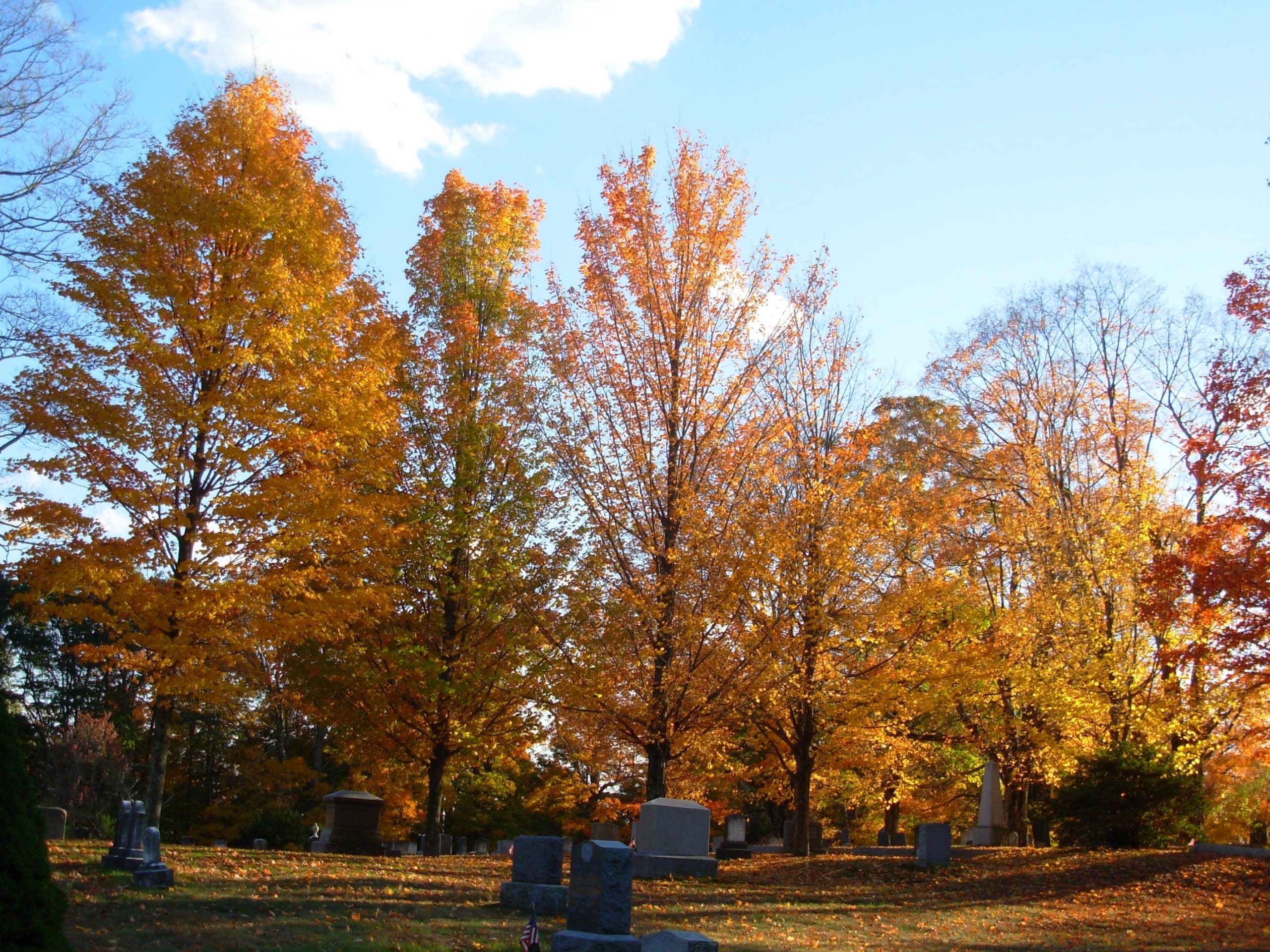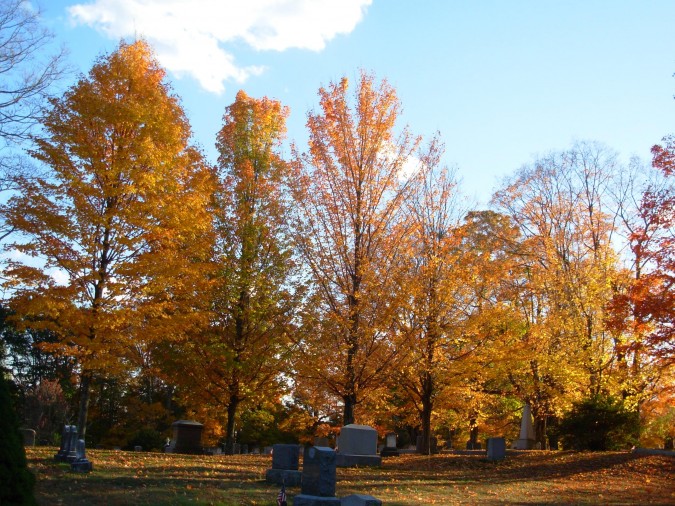Defense of the Norway maple
I live in a small house with many windows. From mid-October to Thanksgiving, the front and sides bathe in a fierce yellow light, thanks to the leaves of the Norway maple that grows in the eastern tree zone. Its leaves hold the light of the sun; even at dusk and on overcast days, there’s a […]

 I live in a small house with many windows. From mid-October to Thanksgiving, the front and sides bathe in a fierce yellow light, thanks to the leaves of the Norway maple that grows in the eastern tree zone. Its leaves hold the light of the sun; even at dusk and on overcast days, there’s a buttery flutter in the windows of my dining room and bedroom.
I live in a small house with many windows. From mid-October to Thanksgiving, the front and sides bathe in a fierce yellow light, thanks to the leaves of the Norway maple that grows in the eastern tree zone. Its leaves hold the light of the sun; even at dusk and on overcast days, there’s a buttery flutter in the windows of my dining room and bedroom.
Meanwhile, the sugar maples the city planted in other tree zones turn a brown-tinged scarlet for a few short weeks, then shed to bare branches. My Norway maple shows them up without mercy or compromise.
When our son was born, we asked our friend Savannah, an artist, to be his godmother. The christening was on October 16, and the maple wore full dress. Savannah photographed its boughs, blew up the photos to life size, printed them on acetate, and with nail scissors cut around every lobe of every leaf to make a stencil. At Christmas she returned and stenciled the dining-room walls with yellow leaves. Now every fall the art on our walls reflects the reality outside — and the walls seem to disappear. The rest of the year, the stenciled leaves preserve the memory and some of the glow of the maple in fall.
It’s easy to imagine what Frederick Law Olmsted was thinking when he specified this European maple species for his landscapes, how he must have imagined they would brighten the edges of clearings in the distance. We live in a neighborhood that borders the “Emerald Necklace” that Olmsted planned for Boston, so chances are good that our maple is descended from one he imported.
What he didn’t foresee was that the Norway maple would become an enemy of biodiversity in the New World. Like kudzu and purple loosestrife, the Norway maple is invasive in North America. Left to its own devices, it crowds out valuable species such as the sugar maple. In forests through the Northeast and Midwest, volunteers fan out to chop down Norway maples and dig up their saplings.
Having enjoyed nearly two decades of autumns under the shimmering light of Norway maple leaves, I must plead the case for going easy on them. Surely we can spare some on city streets and in urban parks, where we can keep ahead of their seedlings. The trees have spread widely in part because of their ability to thrive in heat, drought, and thin soil, and in part because they reward us year after year with a splendid display, an unsubtle reminder that the turning of time’s wheel gives as much if not more than it takes away.
The Norway maple in our tree zone is old. It makes a hollow sound when its trunk is thumped just so. A neighbor across the street is eager to call the city and have it cut down. It’s a weed tree, he says, and nearly dead. But trees, like humans, can thrive long after the first signs of decrepitude set in, and our maple could continue to illuminate our rooms and our lives for 10 or 20 more autumns, if we’re lucky. Still, we’ve made provisions for its demise.
Each spring and summer it drops thousands and thousands of winged seeds. To keep saplings from taking over our small yard, we rake often and pull up seedlings as soon as we see them. Despite our vigilance, inevitably one takes root and grows to sapling size, hiding in the dwarf rhododendrons or the privet until we can’t remove it without resorting to spade and saw.
One year we dug up a four-foot sapling and planted it in the western tree zone in front of our house. Now our maple has a flourishing child. The offspring is 15 feet high, with its own shining boughs in the fall. Neighbors and ecologists may frown, but we’re happy knowing that 10 or 20 years from now, when the parent tree finally falls, the front and west sides of our house will bathe each autumn in the fierce yellow light of a Norway maple.


